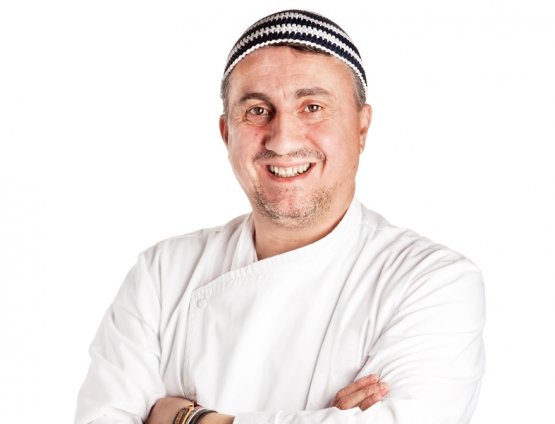I’m walking down the roads of Naples. The air has the aroma of fried food, coffee, street food. Of history, culture. The phone rings. A friendly voice asks me to speak about Traditional anchovy colatura from Cetara. A world unfolds. My mind flies back to my village, Cetara, a hamlet which, despite being part of the Amalfi coast, until a few years ago was considered the area’s Cinderella, with its reek of salt curing, with its damp and bad smelling nets in the port. Today, instead, it is a culinary destination; a gourmet destination as people say today.
What is traditional anchovy colatura from Cetara? It is the identity of a people, my people. It is something that certainly doesn’t have its roots in Sicily or Calabria: it is not the brine extract we find in so many little bottles. Brine extract, indeed, as recently having colatura in the menu or worse producing it in many factories has become trendy. A trend, just like in the case of those wine producers who make a rosé wine or a sparkling one just to fill their catalogue.

A few months ago, in Erbusco, Torrente opened Burro Alici and he’s the “fried food” magician in Eataly’s stores in Italy and abroad
Traditional anchovy colatura from Cetara has precise regulations, set production techniques, raw materials that are hard to find and even harder to transport, given the timing with which the production begins. I will not describe these processes as there’s not enough space, I will do so in Milan and I want to continue to explain its deepest meaning for me. The words of my friend, “old”
Massimo Bottura, come to my mind, in his
Never trust a skinny Italian chef. There’s an enlightening paragraph in which he says: "My muscles are made of parmigiano reggiano and there’s balsamic vinegar flowing in my veins”. As for me, I can say that my muscles are made of salty anchovies and in my blood, flows traditional anchovy colatura from Cetara. The same that flows in the veins of my son
Gaetano, whom I can still see, when he was small, in his grandfather’s arms while he corrected the sapidity of a traditional dish of spaghetti with some drops of lemon, to freshen up his dish.
Colatura is about boats returning in the morning without ice on the fish. It is the hope that the year will grant a rich catch, from April 27th onwards. And it is the family ritual, handed down from one generation to the other, of bringing a sign of gratitude or respect on Christmas Eve. The little bottle of Colatura given to a best friend, or an esteemed professional. It’s the sapidity in my dishes, the kitchen friend that changes flavours, the key to open some doors, my Chanel n° 5. Colatura is Cetara, full stop.